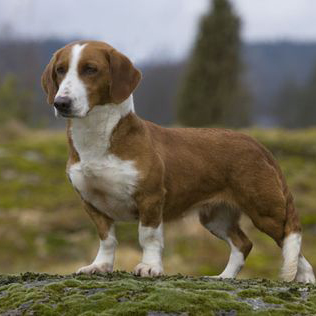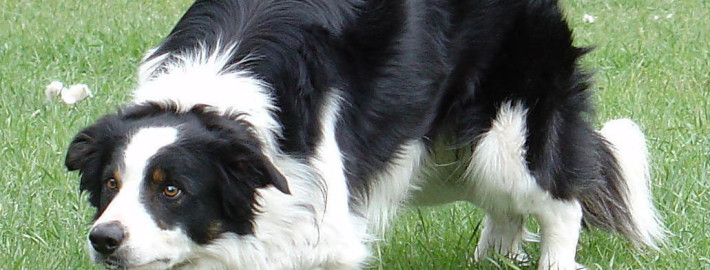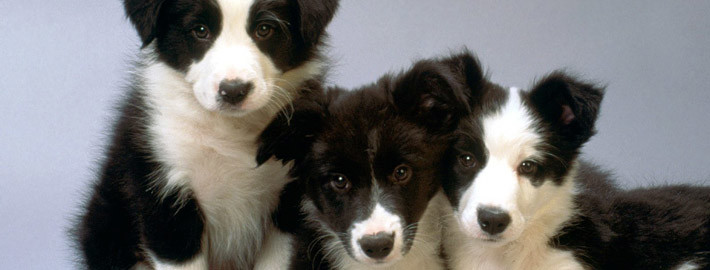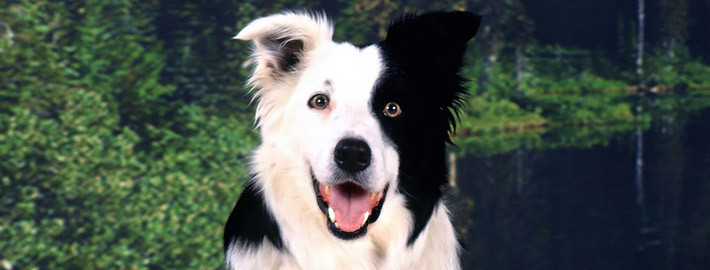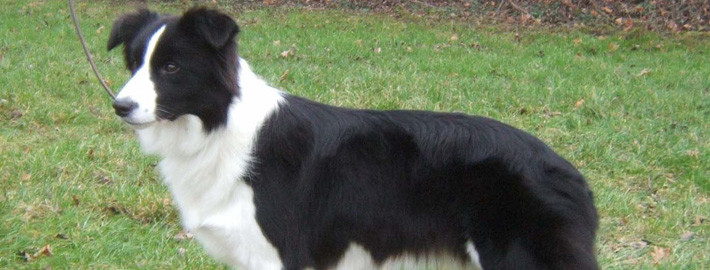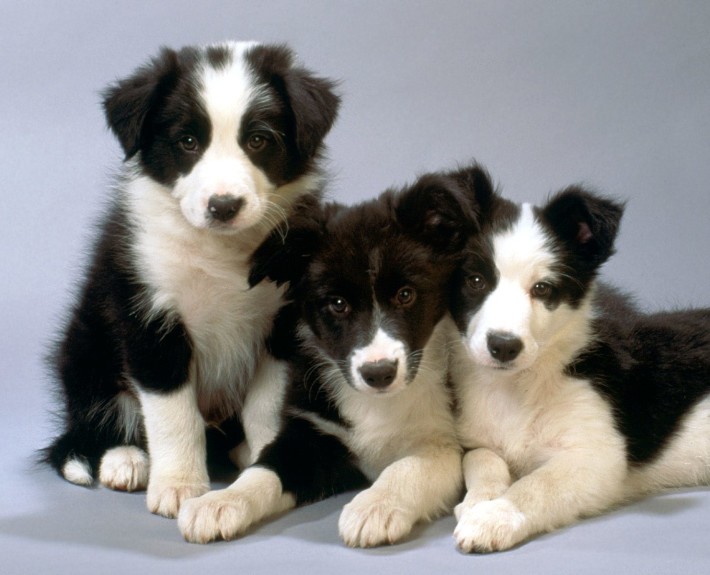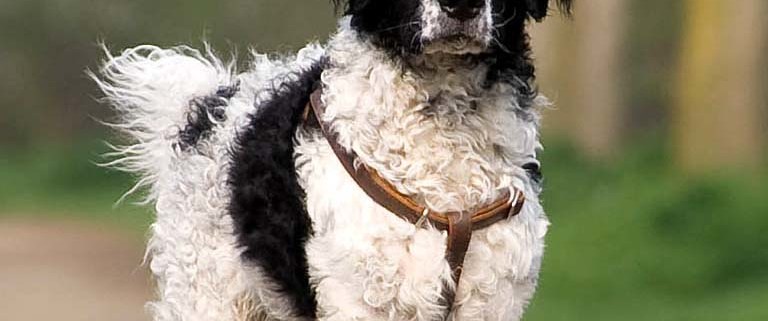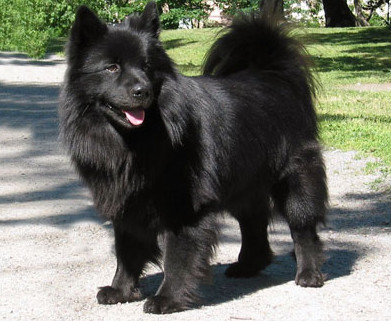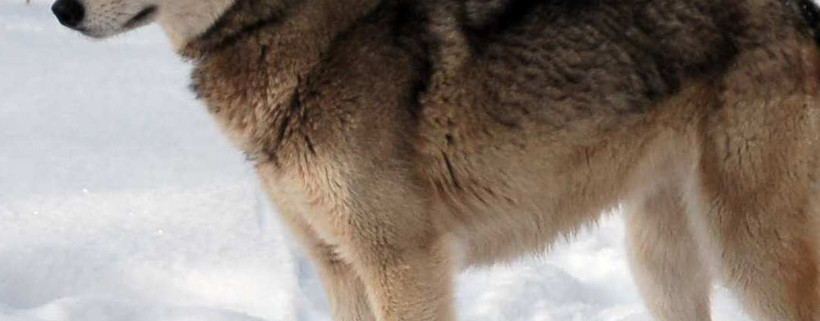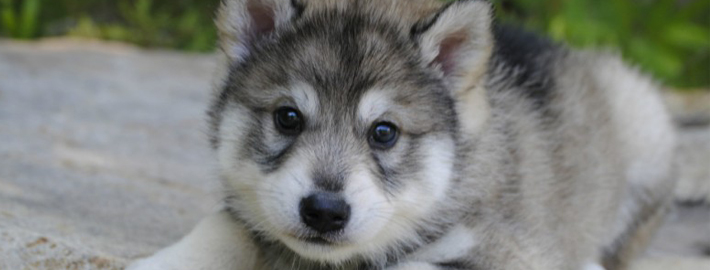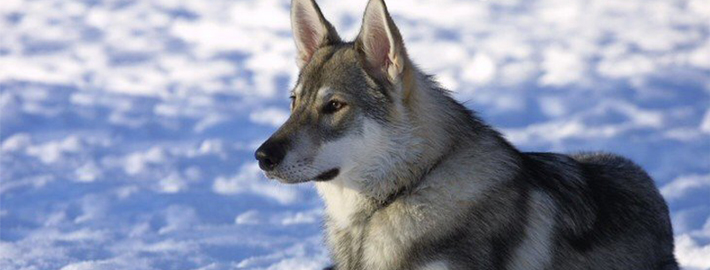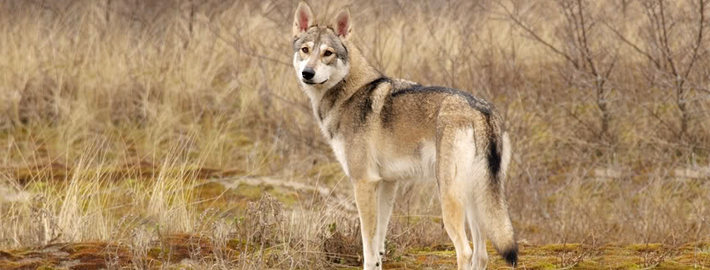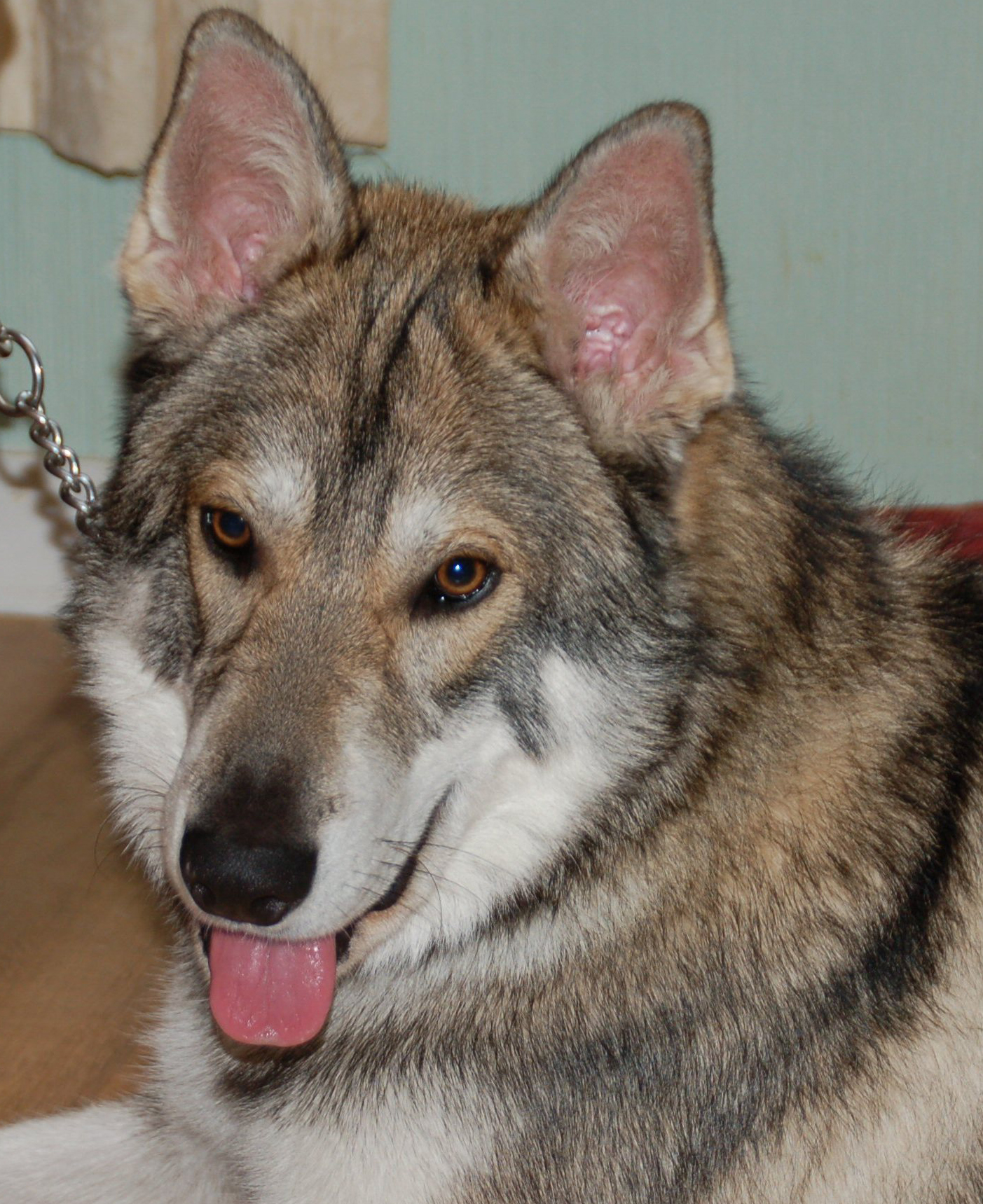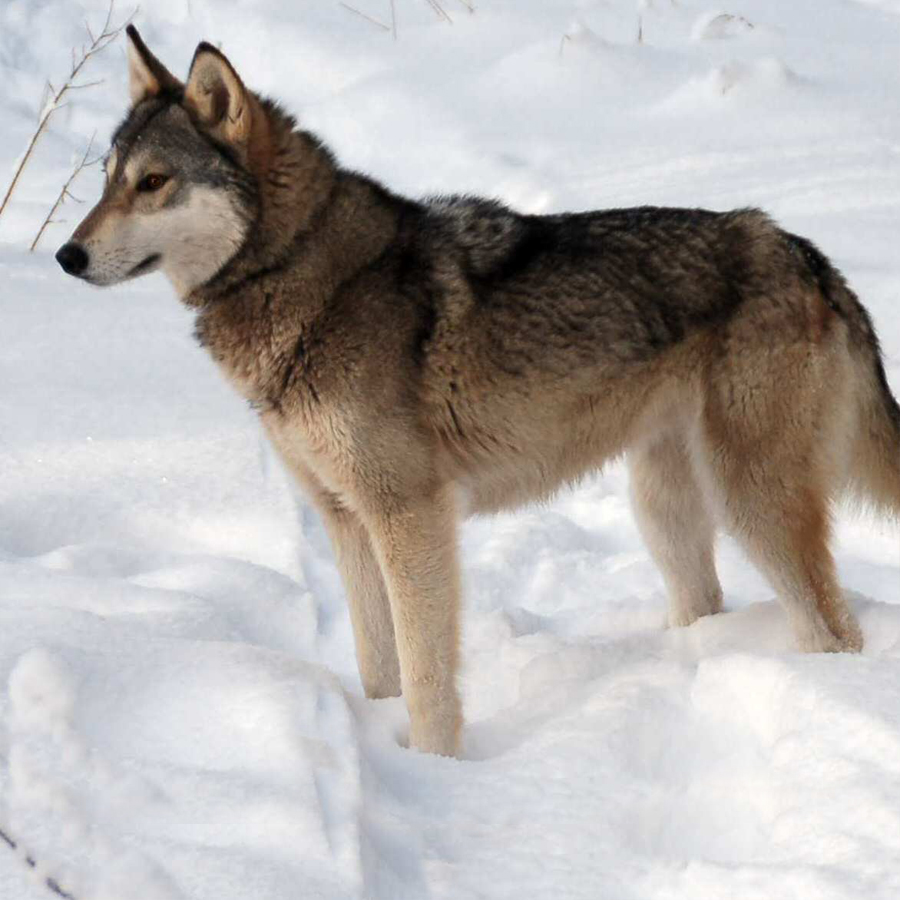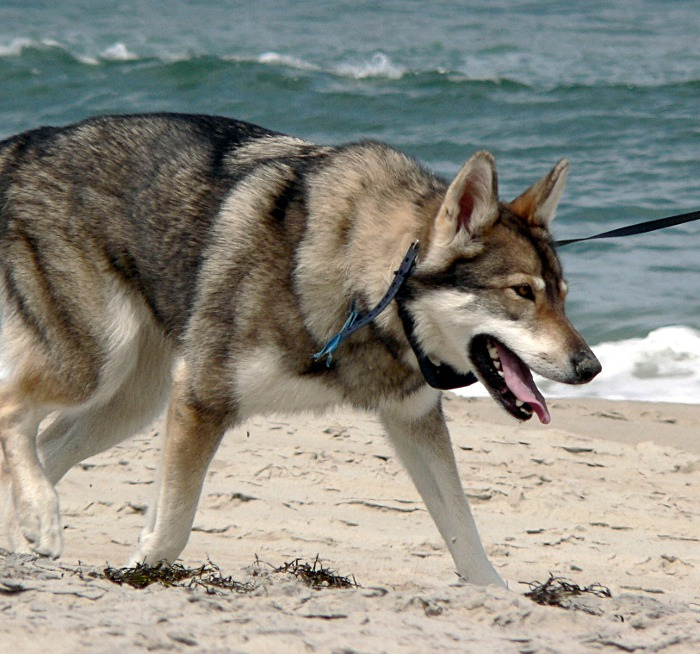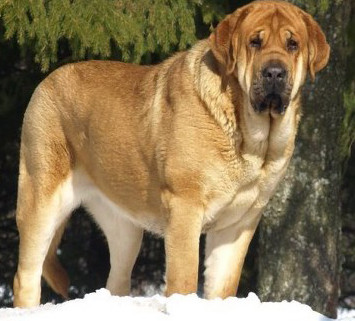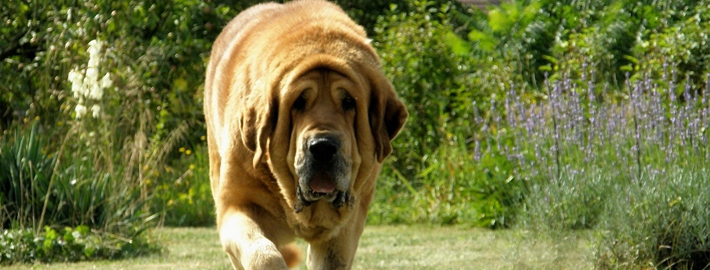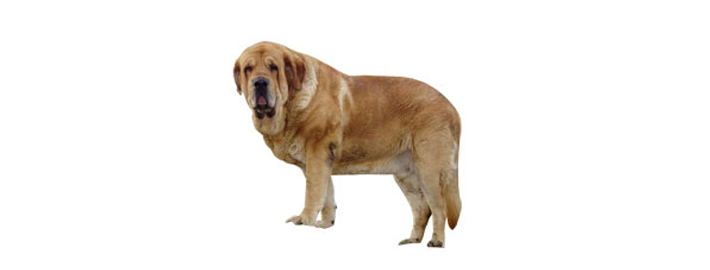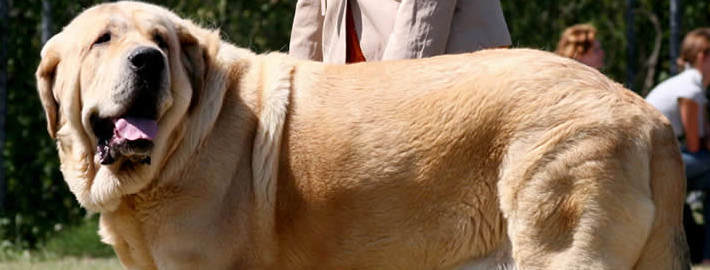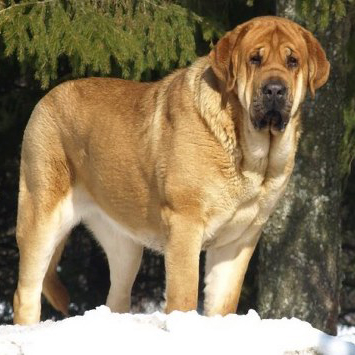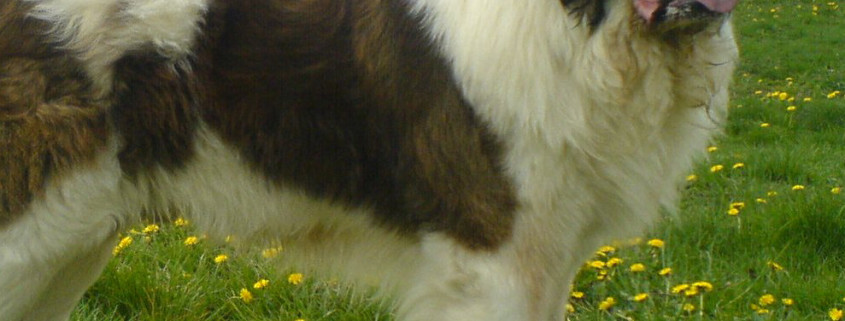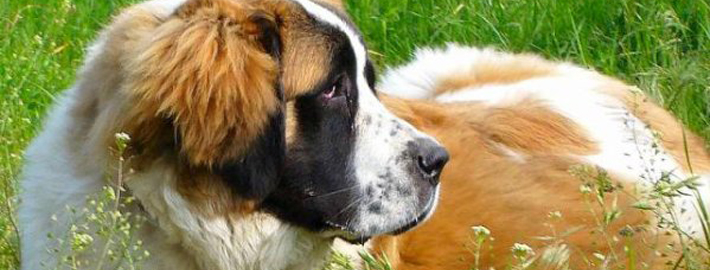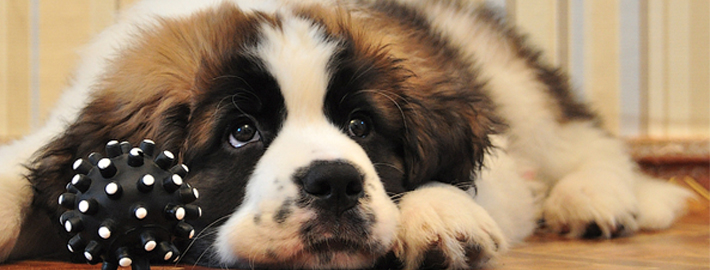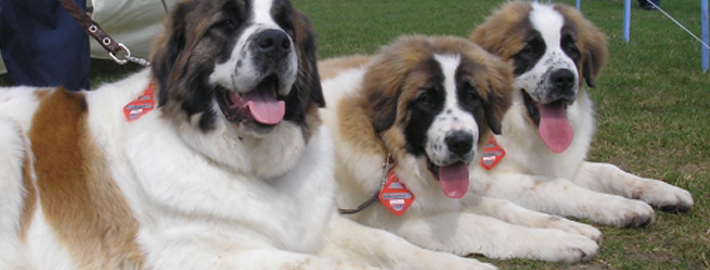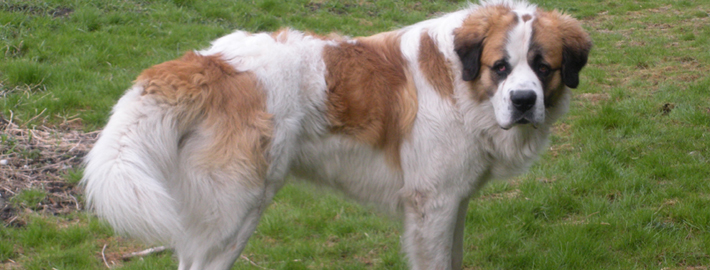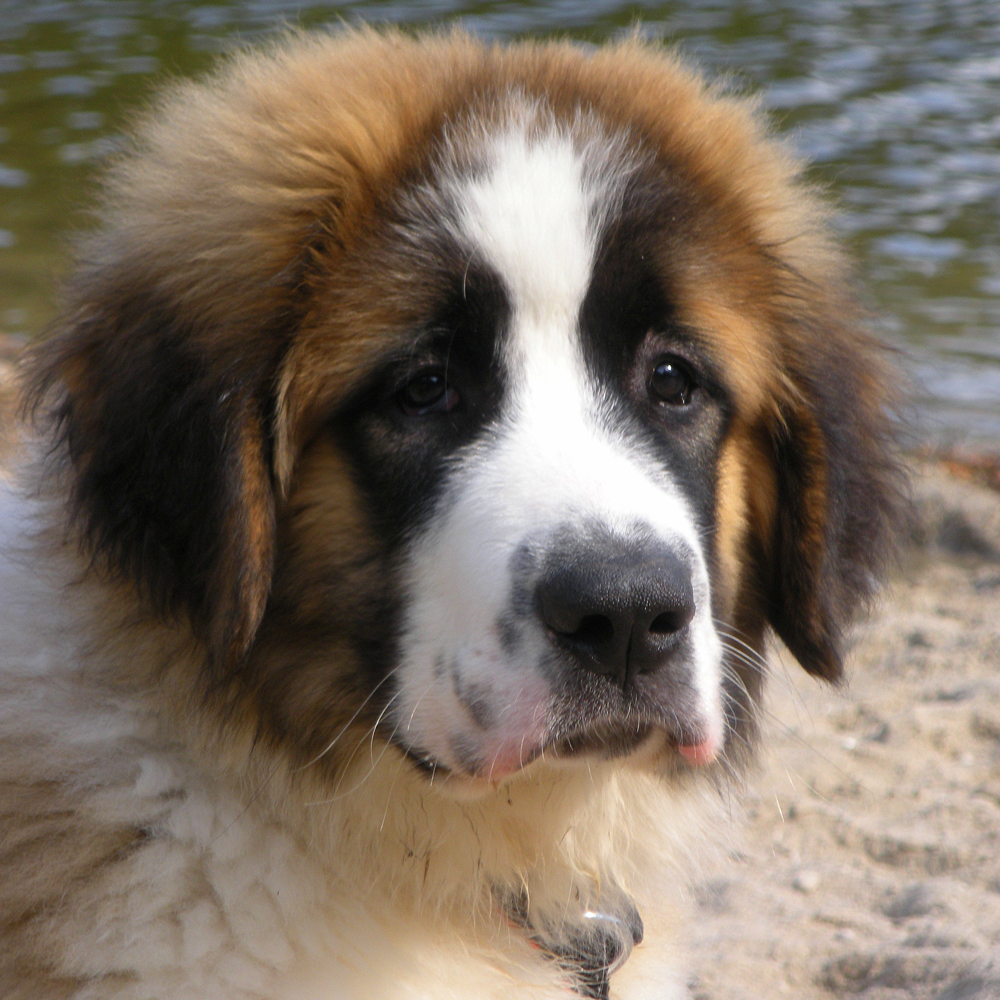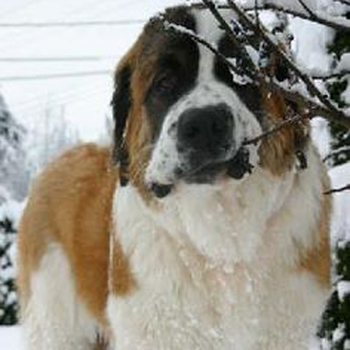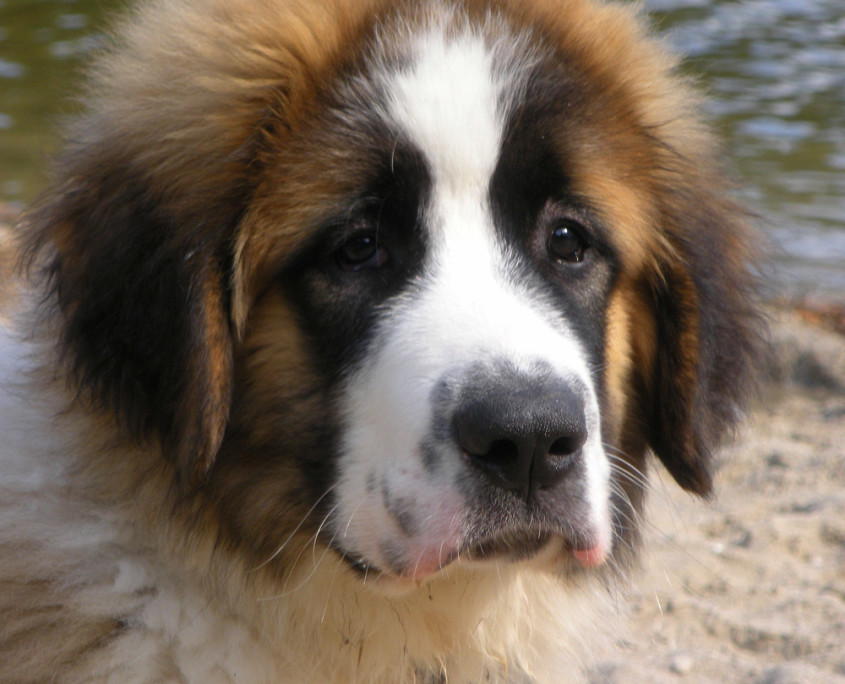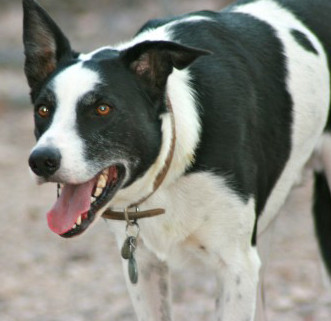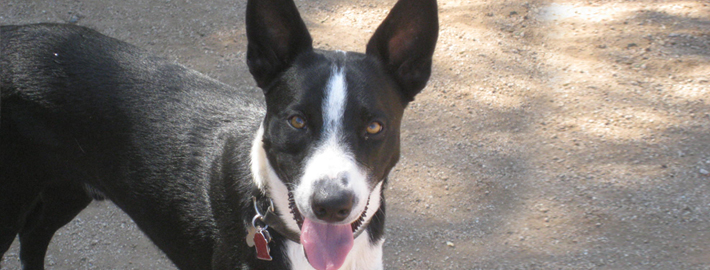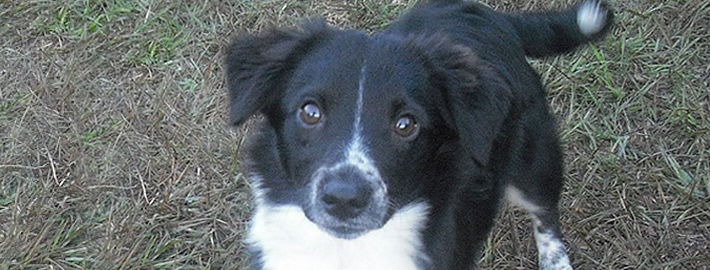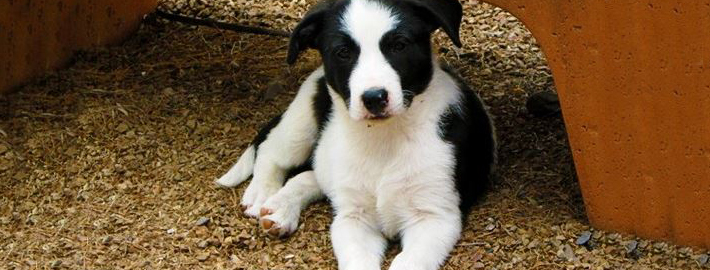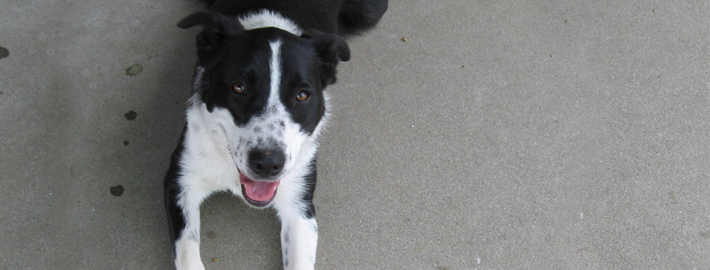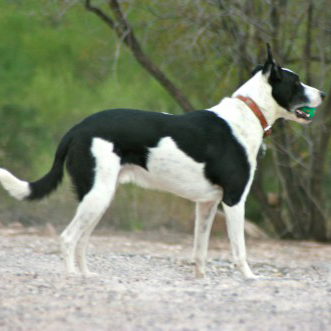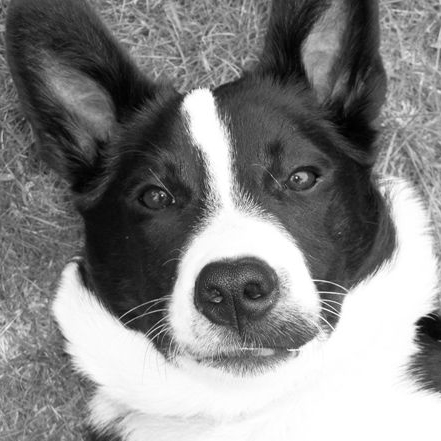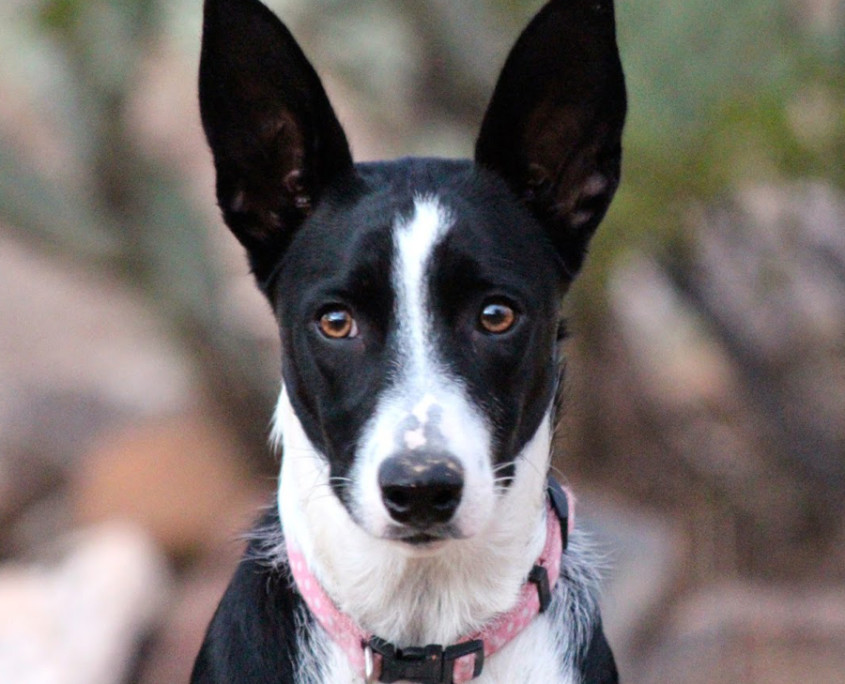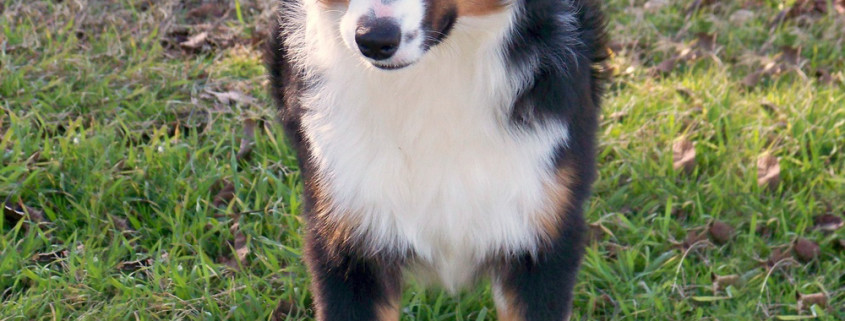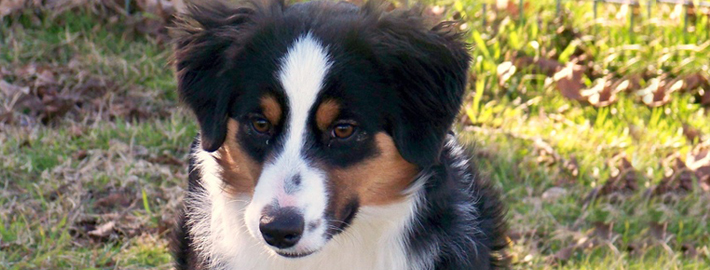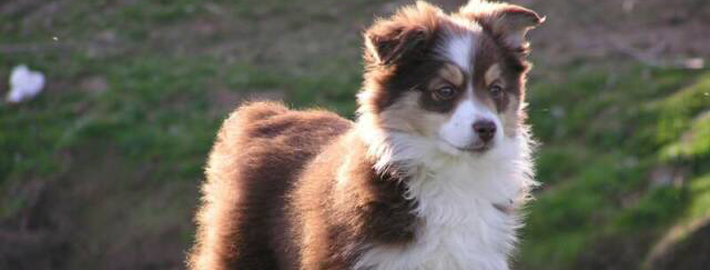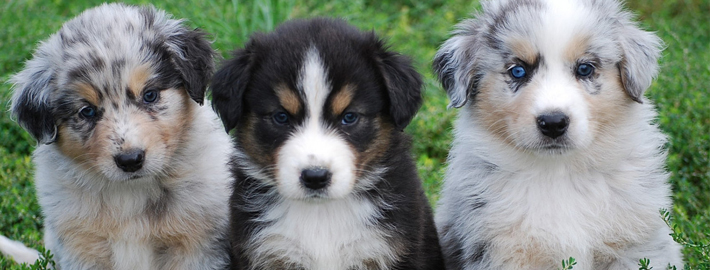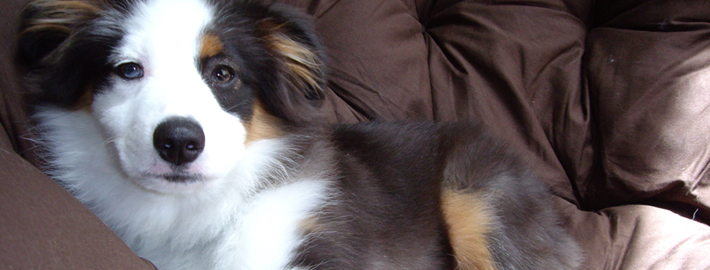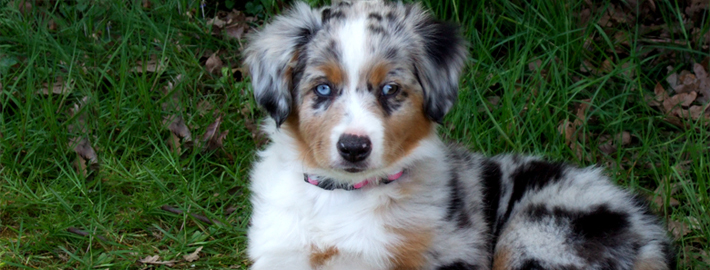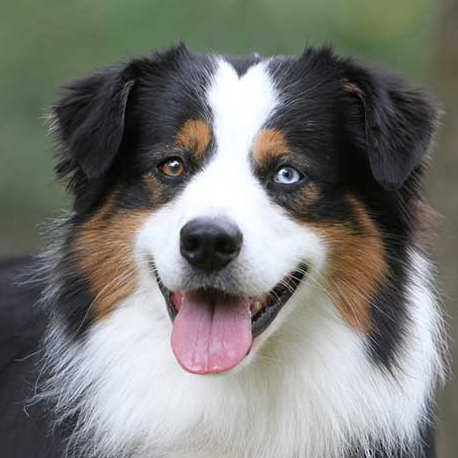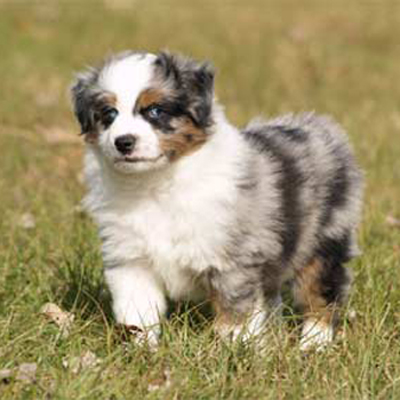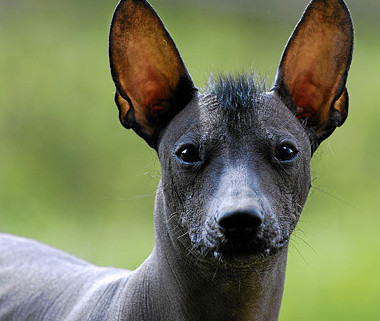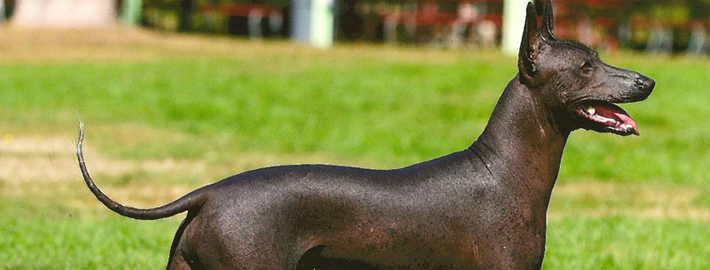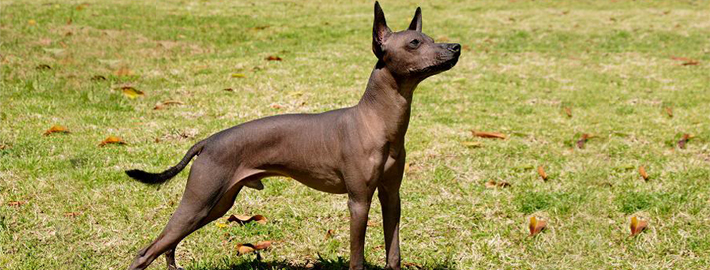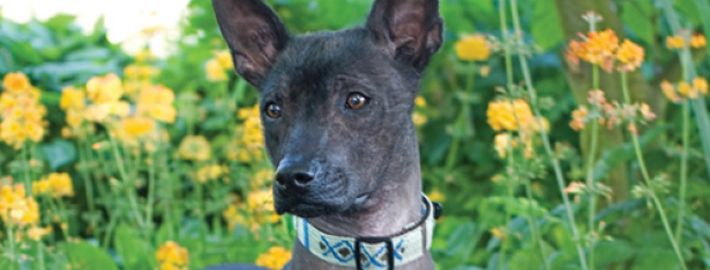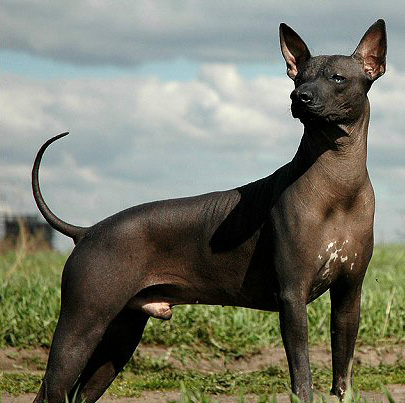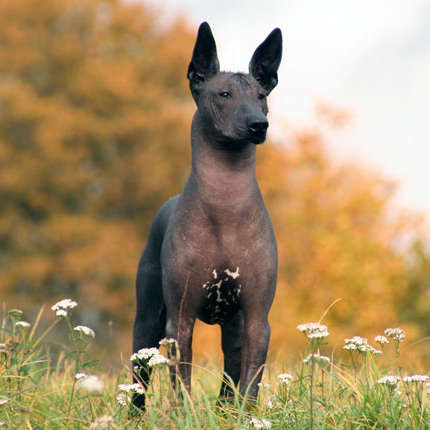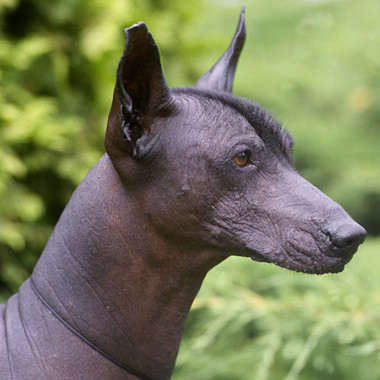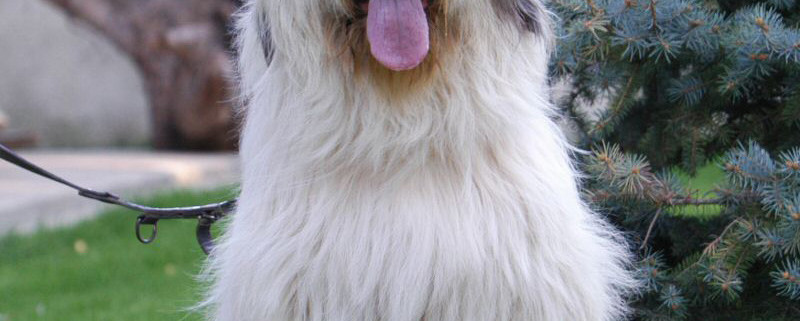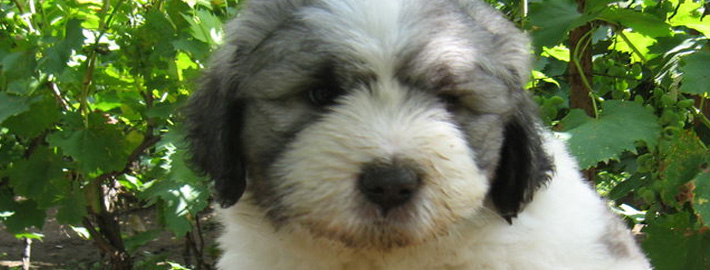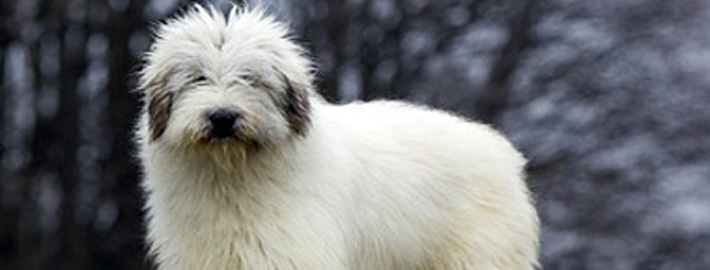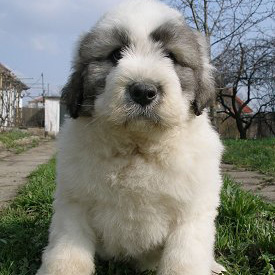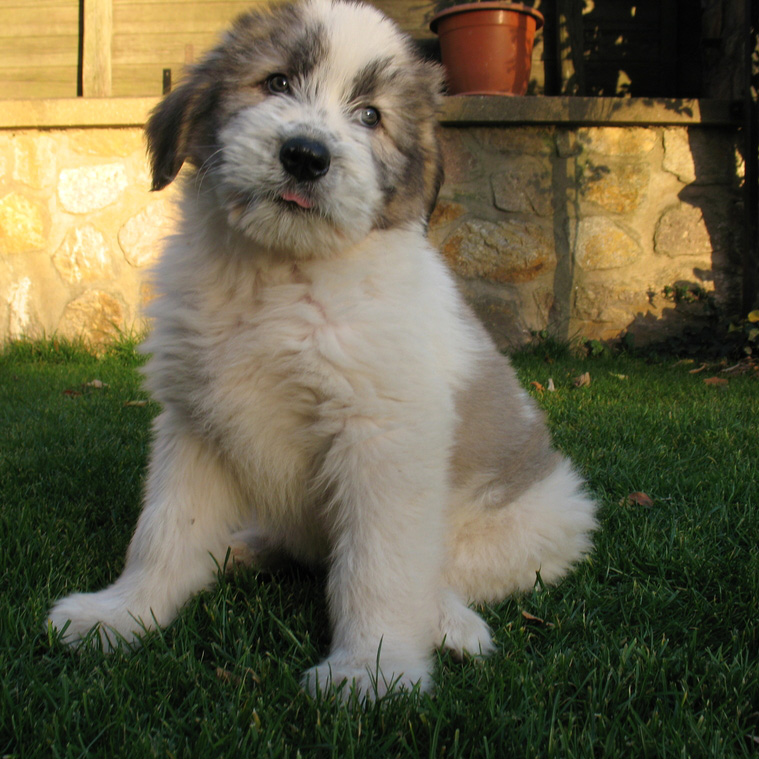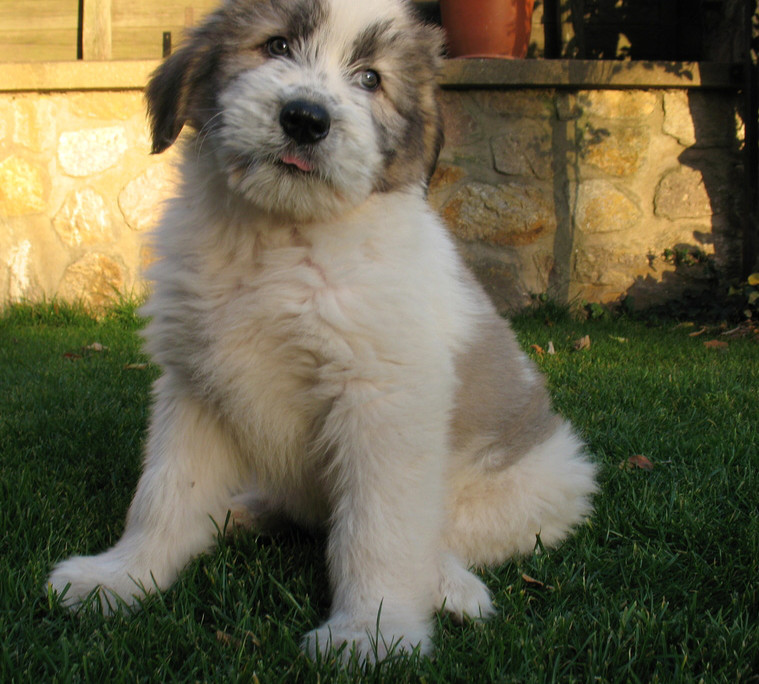Westphalian Dachsbracke
Westphalian Dachsbracke – The Hunting Dog
What makes the Westphalian Dachsbracke Unique?
Westphalian Dachsbracke dog is known to be friendly, gentle and playful with children as well as the other dogs. They are very well suited to family life with other members of the same breed. They are charming companions. A well trained Westphalian Dachsbrake makes a superb hunting companion and a home companion with a well balanced temperament.
Breed Groups
- Hound Dog Breed
Page Contents
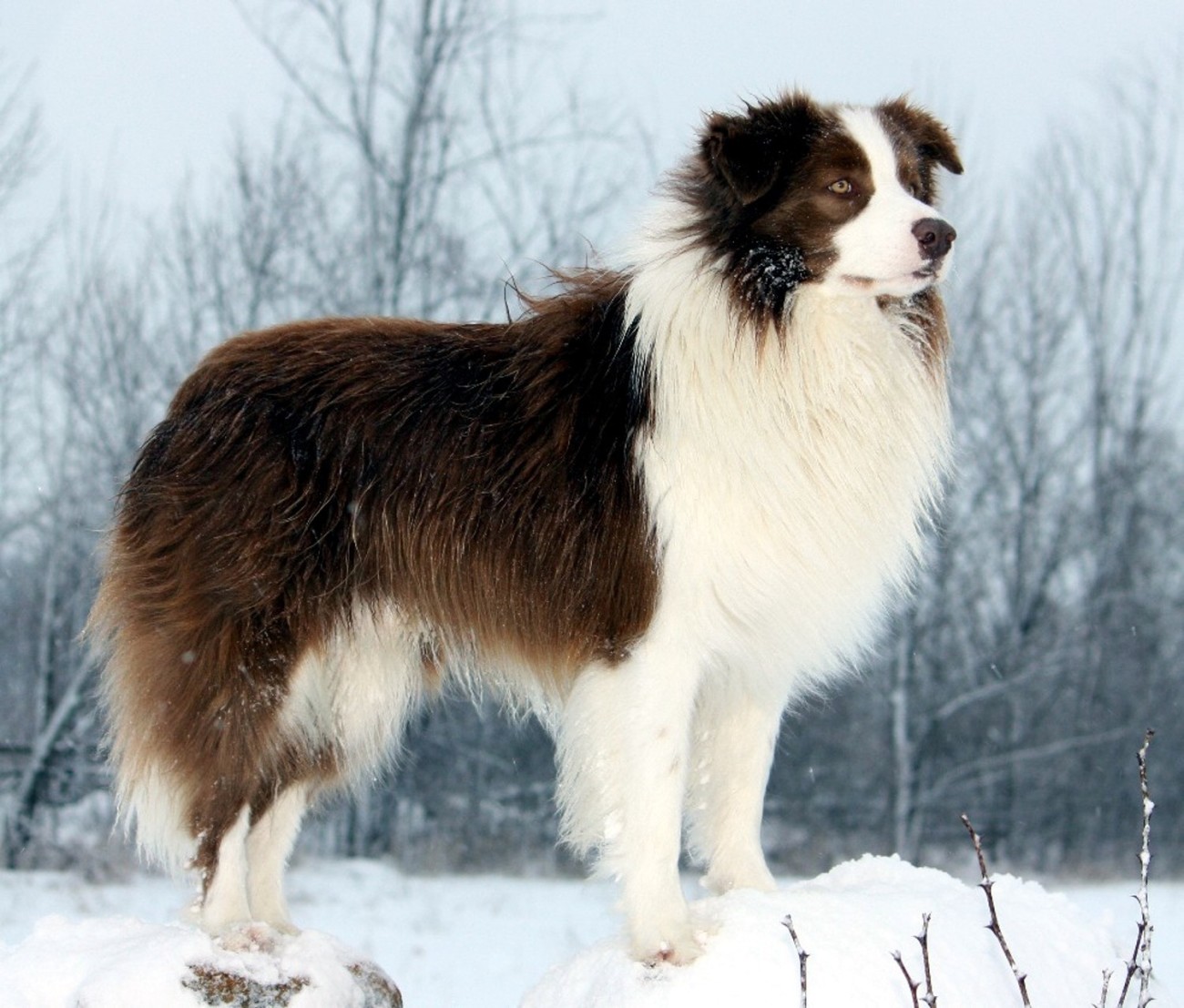
Is the Westphalian Dachsbracke Right For You?
Though developed as hunter, the loyal, alert and friendly nature of this excellent Westphalian Dachsbracke makes it a very suitable family companion. This dog is known to be very friendly, gentle and playful with children as well as with other dogs. This dog is very obstinate and needs a firm handler who can show the dog its place at the bottom of its pack. A well trained Westphalian Dachsbrake makes a superb hunting companion and a home companion with a well balanced temperament.
As a working dog, it has high exercise demands and needs to be provided with ample opportunities to run, play and take part in different activities which will allow this dog to use its high energy levels. They can live in a city as long as there is a well fenced yard where the dog can run without being restricted by a leash. These are very energetic dogs. They need to burn up their energies otherwise they will turn into destructive dogs.
In 5 Words
- Alert
- Energetic
- Gentle
- Loyal
- Tenacious
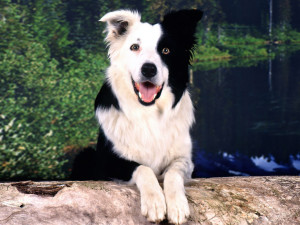
Characteristics
Learn About the Westphalian Dachsbracke
Description
General Description
The Westphalian Dachsbracke is a short-legged scenthound that originated in Germany. They are also known as Westphalian Hound, it is a smaller, short-legged version of Deutsche Bracke. Development of this breed is the result of need of a short legged dog who could penetrate burrows, caves and dens to flush out game. This is a tireless hunter breed which can effectively hunt rabbits, hares and foxes as well as wild boar. Its courageous nature allows it to stand unintimidated before game much bigger than its size. Its short legs, though, hamper its hunting skills in deep snow. This is a sturdily built dog that stands between 12-15 inches. Very similar to its descendent, Drever, the dog has long and narrow head. It has a long muzzle with slightly arched nose bridge. The dark pigmented nose has flesh colour strip in the center. Dark eyes have friendly expression. Ears are medium length, broad at base and rounded at tips. Thick and long neck has some loose skin but no dewlaps. This dog’s moderately long body is strongly supported by forelegs and comes with slightly arched back that has slight dip behind the shoulders. The broad lion is well developed and belly is slightly tucked-up. Tail is thick at the root, set on relatively high and is carried in saber fashion. Dense and coarse coat covers the whole body uniformly. The coat is usually tricolour with red to yellow colouring, a black saddle and white markings.
Size
The size of these dogs is between 30 to 38 cm (12 to 15 inches) tall for both male and female and weighs about 13.6 to 15.8 kg (30 to 35 pounds) for both male and female.
Coat
This dog has an impressive tri-colored coat – a red to yellow hair, well defined black saddle and the white Bracken markings. The dog has white markings on the collar, chest, legs and tip of the tail. The dog also has a white blaze.
Short History of the Westphalian Dachsbracke
This dog breed was originated in Germany. The breed was created by European breeders using German, French and English breeds of hounds and terriers. This breed is considered as a symbol of Germany. The German Hound on the other hand is a tan, black and white coated hot tracing breed that originated from Celtic hounds. This breed has a clear bell-like voice and utilized to hunt fox, hare, rabbit and wild boar in Germany’s hills and low mountains. The Westphalian Dachsbracke was primarily developed to do what the large brackes find hard to do. These low on the leg hunters have excellent scenting ability. These are passionate hunters have superb hunting instincts but what is more important is that because of the short size, the dog is capable of following the prey even in low lying bushes… a feat that proves to be daunting for bigger brackes.
Temperament
Though developed as hunter, the loyal, alert and friendly nature of this excellent Westphalian Dachsbracke makes it a very suitable family companion. This dog is known to be very friendly, gentle and playful with children as well as with other dogs. This dog is very obstinate and needs a firm handler who can show the dog its place at the bottom of its pack. A well trained Westphalian Dachsbrake makes a superb hunting companion and a home companion with a well balanced temperament.
As a working dog, it has high exercise demands and needs to be provided with ample opportunities to run, play and take part in different activities which will allow this dog to use its high energy levels. They can live in a city as long as there is a well fenced yard where the dog can run without being restricted by a leash. These are very energetic dogs. They need to burn up their energies otherwise they will turn into destructive dogs.
Caring for Your Westphalian Dachsbracke
General Health
This breed has no health issue.
Care
This dog has a short size as well as short coat that means low maintenance and grooming is needed. A weekly brushing should be enough to remove dead hair and keep the coat clean. Bath only when necessary.
Because they are hunting dogs, they need extra training, daily exercise and lots of activities.
Grooming & Bathing
This dog has a short size as well as short coat that means low maintenance and grooming. A weekly brushing should be enough to remove dead hair and keep the coat clean. Bath only when necessary.
Exercise & Training
Training this dog will demand consistency and firm yet gentle handling. This is an obdurate breed that can be molded into an obedient dog by consistent positive training methods, starting early in the dog’s puppyhood.
This dog is for active families or individuals. As a working dog, the Westphalian Dachsbracke has high energy levels and consequently high exercise demands. This dog loves to be involved in some sort of activity. Daily walking is a must but this breed will also need a yard to play and run as it likes.

